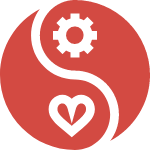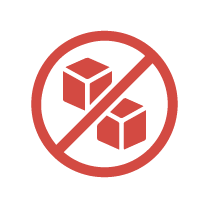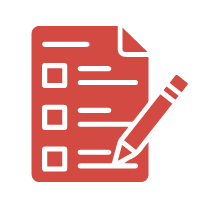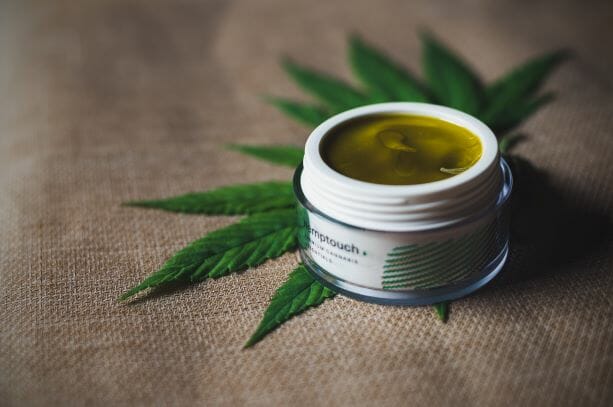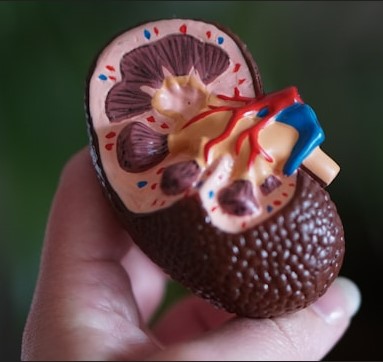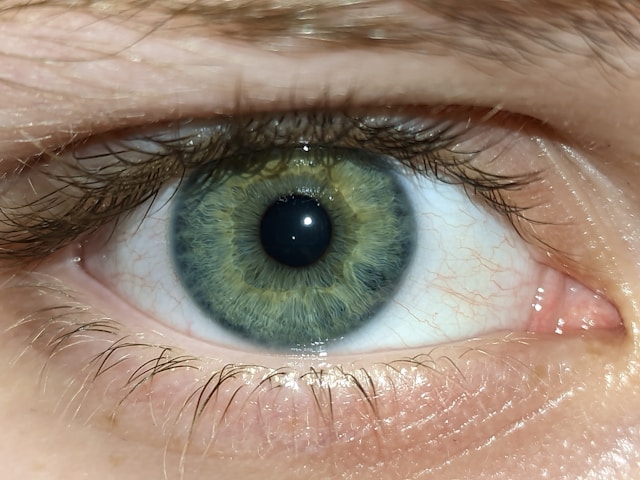
The Pain-Relieving Power of CBD is sometimes confused with marijuana or raises concerns about getting “high” or “stoned”. CBD has no such effect. Another ingredient in marijuana is THC, which is the psychoactive ingredient. CBD is found in both hemp and marijuana plants. In supplements and topical products sold outside of marijuana dispensaries, CBD comes from hemp plants.
How CBD Relieves Pain
Researchers once believe that CBD works on a system of the body that influences inflammation, nerves (which transmit pain), brain health, immune function and mood. Our bodies naturally make
A Beginner’s Guide to CBD Effects
Scientists first discovered a system called “the endocannabinoid system” while trying to understand the effects of cannabis, . Endo stands for endogenous, which means originating within the body. Cannabinoid refers to the group of compounds that activate this system.
This system is a major target of medical research because of its widespread effects and therapeutic potential. While scientists have sorted out the basics of this fascinating system, much more remains to be uncovered.
The Pain-Relieving Power of CBD is partly due to cannabinoids, which are the chemical messengers for the system. While many different cannabinoids exist, they all fall under two categories: endogenous or exogenous.
Endogenous means originating inside the body and are produced naturally by the human body. They interact with cannabinoid receptors to regulate basic functions including mood, memory, appetite, pain, sleep, and many more.
Exogenous means originating outside the body. The cannabinoids found in marijuana, such as tetrahydrocannabinol (THC) and cannabidiol (CBD), are considered exogenous. When consumed, they also interact with cannabinoid receptors to produce physical and psychological effects in the body.
The endocannabinoid system is involved with regulating many basic functions of the human body, including:
- Appetite
- Metabolism
- Pain
- Sleep
- Mood
- Movement
- Temperature
- Memory and learning
- Immune function
- Inflammation
- Neural development
- Neuroprotection
- Cardiovascular function
- Digestion
- Reproduction
How Much Do You Take for Pain?
There is no standard dose. CBD effects vary from person to person. As a rule of thumb, low doses seem to work best for pain relief. The Pain-Relieving Power of CBD is recognized by The Arthritis Foundation, which recommends taking 5-10mg of CBD twice daily and gradually increasing. I use CBD cream topically on painful areas like my back and knees.
SOURCES
National Academies of Sciences, Engineering, and Medicine: The Health Effects of Cannabis and Cannabinoids: The Current State of Evidence and Recommendations for Research. Washington, DC: The National Academies Press, 2017.
Mack A, Joy J: Marijuana As Medicine? The Science Beyond the Controversy. Washington, DC: National Academy Press, 2001. Last accessed October 18, 2017.
The National Cancer Institute Cannabis and Cannabinoids (PDQ®)–Health Professional Version HERE









